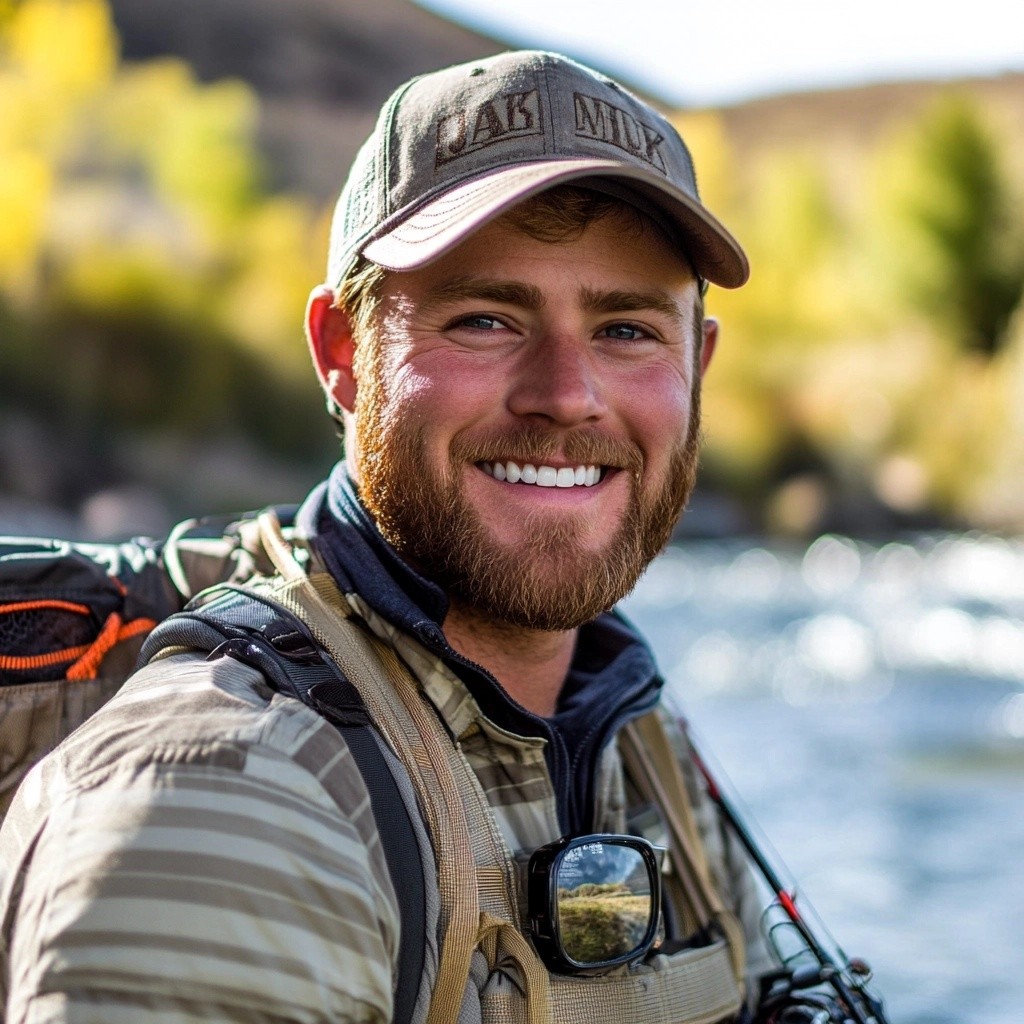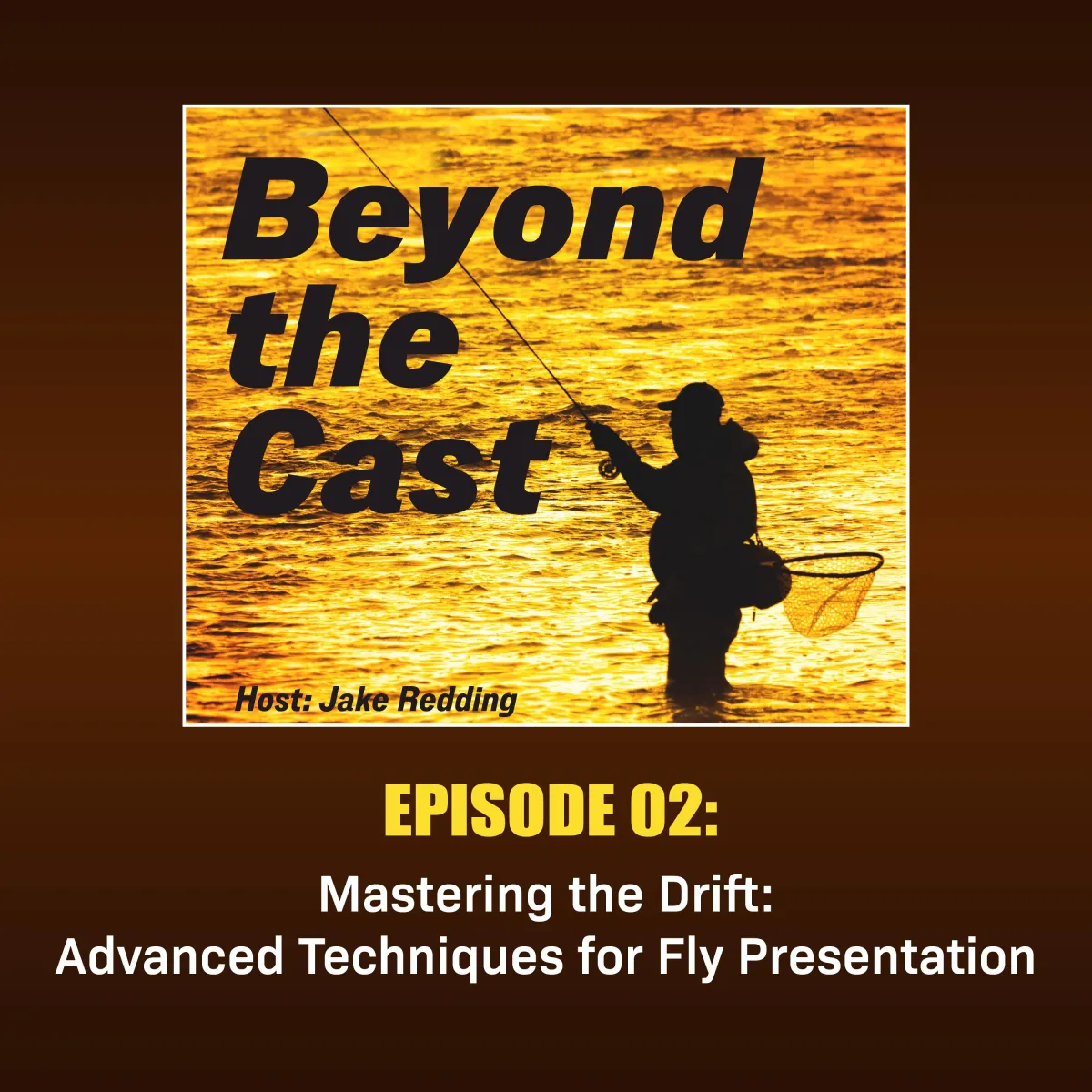
ATTENTION: Fly Fishing EnTusiasts
Cast Beyond the Ordinary with
Fly Fishing Alliance
Unlock expert tips, explore prime locations, and gear up for your next adventure.
MEET Your Host
Hey, I'm Jake!
Jake Redding is a passionate fly angler with over a decade of experience in the field. Starting as a beginner at the age of 25, Jake quickly fell in love with the art of fly fishing, dedicating himself to mastering various techniques and strategies. He has fished some of the most renowned rivers and lakes across the country, from the pristine waters of Montana to the challenging streams of the East Coast.
In addition to his fishing expertise, Jake is a skilled educator and communicator. He has hosted fly fishing workshops, contributed articles to fishing magazines, and led local fly fishing clubs, helping others to grow their passion for the sport. With a keen understanding of both the technical and recreational aspects of fly fishing, Jake aims to bridge the gap between beginners and experienced anglers through insightful discussions and practical advice.

Blog "Catch of the Day"

Mastering the Drift: Advanced Techniques for Fly Presentation
Welcome to Beyond the Cast, the podcast where fly fishing meets adventure, connection, and growth.
I'm your host, Jake Redding, a fly angler who's passionate about sharing tips, stories, and a love for the water.
Whether you're here to master your casting technique, explore stunning fishing destinations, or learn how to fish sustainably, you're in the right place.
So grab your rod, reel, and a sense of curiosity.
It's time to dive into the world of fly fishing, like never before.
Welcome back to Beyond the Cast, your go-to podcast for all things fly fishing.
I'm your host, Jake Redding, and I'm thrilled to dive into today's episode, aptly titled Mastering the Drift, Advanced Techniques for Fly Presentation.
We're going to explore the subtle art of fly presentation and how you can transform your fishing experience by understanding and applying the right techniques.
Whether you're new to the world of fly fishing or you're aiming to refine your skills, today's insights are packed with value.
Let's start by talking about why fly presentation is critical.
When you're on the water, it's not just about getting your fly to the fish, it's about how it gets there.
Presentation affects how fish perceive the fly as a part of their environment, and mastering your drift can make the difference between an enticing lure and something fish will ignore.
So, how do you ensure your presentation is on point?
It boils down to achieving the optimal drift.
Achieving an optimal drift means your fly should move naturally with the current, without any unnatural drag.
Now, this varies depending on the water conditions.
In fast moving waters, you might need to position yourself upstream and allow the current to carry your fly.
In slower waters, sometimes presenting your fly at an angle can better mimic natural drift patterns.
Ultimately, understanding water conditions and adjusting your presentation accordingly is key.
Types of currents are equally crucial to understand.
You have your laminar currents, which are smooth and steady, requiring less adjustment once your fly is placed.
Then there are turbulent currents, which can alter the fly's path unpredictably.
Here, your skill in line management and immediate adjustments come into play to maintain a natural drift.
It might take a few repetitions, but observing how different currents affect your fly provides invaluable experience.
When it comes to choosing the right fly, it's a blend between art and science.
Know the type of insects prevalent in the specific body of water you're fishing, and match the hatch as best as you can.
Sometimes, experimental fly choices in similar sizes and colors yield surprising results.
Remember, not all scenarios merit the same choices, and flexibility in fly selection can significantly impact your success.
Another important component is weight and leader management.
Having the right weight helps your fly sink to the right depth quickly, and stay within the fish's line of sight without making a splash.
Adjusting the leader length and diameter can alter how naturally the fly lands, which is especially important in clear waters where fish are more wary of unnatural disturbances.
Balancing these elements is an important part of enhancing your presentation.
Now let's talk about fish behavior and feeding patterns.
Most fish feed in lanes that allow the least effort possible.
By understanding these patterns, you can present your fly directly in their feeding path.
Observing fish and taking note of the speed and pattern of their movements can provide clues about where they're most likely to strike.
The more you can anticipate this, the better your presentation will cater to their natural behavior.
To illustrate this, let me share a story from a fishing trip in Montana.
I had been struggling with a particularly elusive trout, trying everything but constantly coming up short.
It wasn't until I analyzed the current and adjusted my drift approach, letting my fly move naturally across a shallow feeding lane, that I got a strike.
This experience underscored the importance of understanding drift dynamics and adapting to the environment.
Of course, with all these techniques, mistakes are part of the learning curve.
Common errors include using inappropriate fly sizes, not adjusting for current speed, and misjudging the depth at which fish are likely feeding.
But each mistake is an opportunity to learn.
By reflecting on unsuccessful presentations, you can identify areas of improvement and adjust your techniques accordingly.
Finally, I encourage all beginners and even experienced anglers to practice dedicated exercises focused on drift techniques.
Go to a stretch of water and try multiple presentations.
Make mental notes on what works and what doesn't.
Over time, your ability to adjust will become more intuitive.
And remember that patience and perseverance are as integral to the art of fishing as the skills themselves.
As we wrap up this episode, I hope you've gained new insights into the art of fly presentation and drift techniques.
Whether you're trying to hone your skills or start from the basics, understanding these concepts can transform your fly fishing journey.
Realize that every cast provides valuable feedback, and there's always room to grow.
Thank you for tuning in to Beyond the Cast, and until next time, remember to keep discovering more about the water and the fascinating stories it holds.
Thanks for joining me on Beyond the Cast.
I hope today's episode inspired you to explore, learn, and connect more deeply with the incredible world of fly fishing.
Don't forget to subscribe, leave a review, and share your favorite moments with the community.
Let's keep the conversation going.
Follow us on social media and share your fishing stories.
Until next time, keep your lines tight, your casts smooth, and your adventures unforgettable.
Podcast "Beyond the Cast"
Copyrights 202X | Your Brand™ | Terms & Conditions
